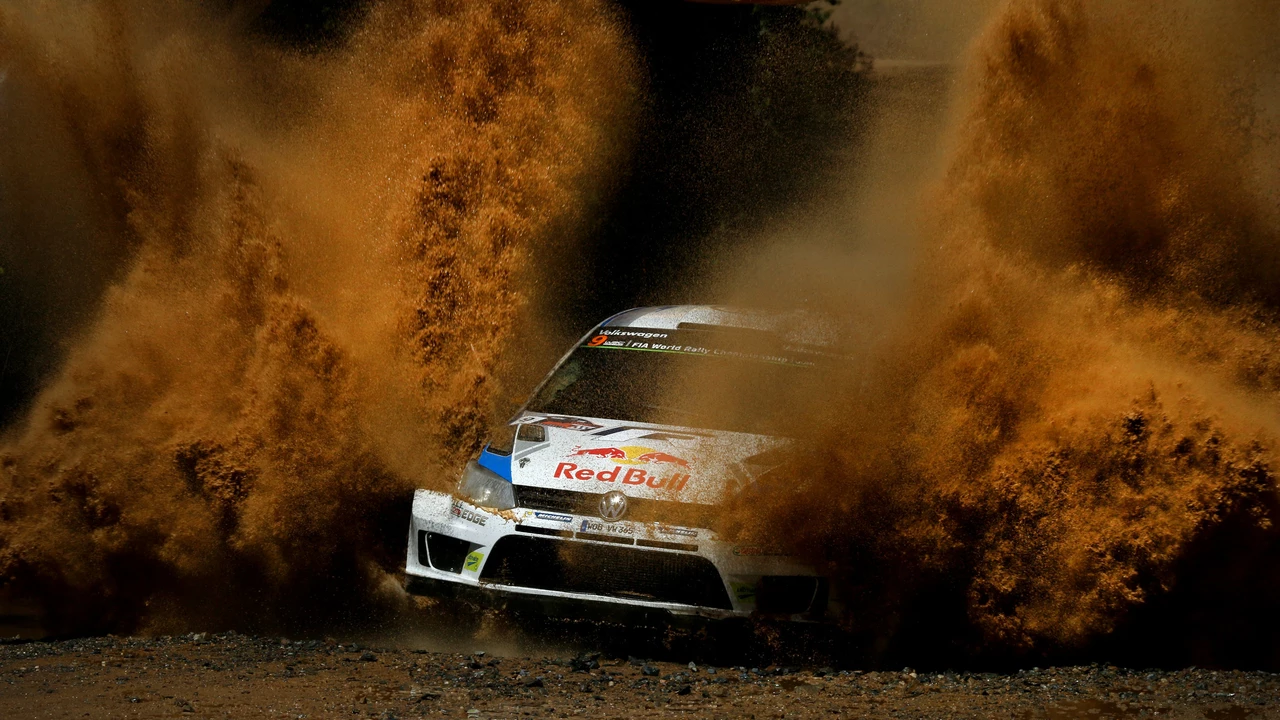Auto Racing Photographer: How to Capture Speed on the Track
If you love the roar of engines and want to freeze that energy in a picture, you’re in the right spot. Being an auto racing photographer isn’t just about pointing and shooting; it’s about planning, the right gear, and respecting the track. Below you’ll find practical advice you can use right away, whether you’re covering a local Bath race or a big championship event.
Essential Gear for Track Shots
First, get a camera that can keep up. A DSLR or mirrorless body with at least 12‑megapixel sensor and fast burst mode (10 fps or more) works well. Pair it with a telephoto lens—something in the 70‑200mm range gives you flexibility to stay out of the danger zone while still filling the frame.
Don’t forget a sturdy monopod or a lightweight tripod. The vibration from the car’s exhaust can shake a handheld setup, and a stable base helps you keep focus on moving subjects. A circular polarizer reduces glare on shiny car bodies, and an ND filter lets you use slower shutter speeds for creative motion blur.
Safety gear matters too. A high‑visibility vest, ear protection, and sturdy shoes keep you safe on the pits and trackside. Some venues require you to stay behind a barrier; respect those rules and you’ll avoid costly interruptions.
Tips for Getting the Perfect Action Shot
Set your camera to shutter priority mode and aim for at least 1/2000 s. That speed freezes most racing cars, even when they’re pulling a hard corner. If you want a sense of motion, drop to 1/500 s and pan with the car—keep the background blurred while the vehicle stays sharp.
Use continuous autofocus (AF‑C) and set the focus point to the center or the dynamic tracking mode if your camera offers it. Watching the car’s path and starting to track a fraction of a second before it hits the frame makes a big difference.
Composition matters. Try shooting from the inside line of a corner for a dramatic perspective, or position yourself on the start‑finish straight to capture the moment a car crosses the line. Low angles add power, while high angles can show the whole field in action.
Don’t ignore the human side. Capture crew members, drivers exchanging a quick smile, or fans cheering. Those moments tell a story beyond the speed and help readers feel the atmosphere of the event.
After the race, spend a few minutes syncing your cards and backing up the files. A quick cull of the best shots saves you time later. Basic edits—adjusting exposure, contrast, and cropping—can turn a good picture into a great one without over‑processing.
Finally, share your work on social platforms and tag local clubs or the Bath Motorsports Hub. Engaging with the community builds your reputation and may open doors to bigger events.
With the right gear, solid settings, and a knack for storytelling, you’ll be able to capture the excitement of auto racing and give fans a visual taste of the sport they love.

How much does an auto racing photographer make?
Hey guys, buckle up as we dive into the world of auto racing photography - a realm where speed meets passion, and the pay isn't too shabby either! Now, the green light is on and it's time to zoom into the finances. A career in this fast-paced field can earn you between $29,000 to a whopping $77,000 annually. That's enough to buy a new set of wheels every year! So, if you're a speed lover with an eye for detail, it might be time to focus your lens on the racing track!